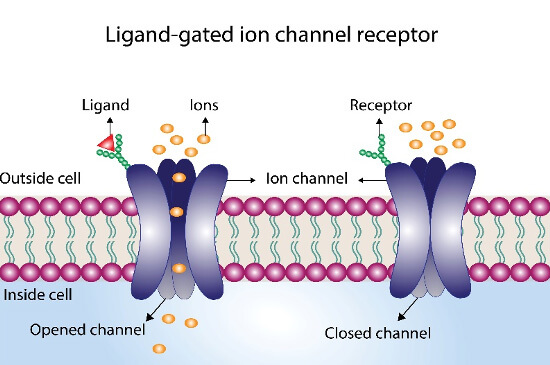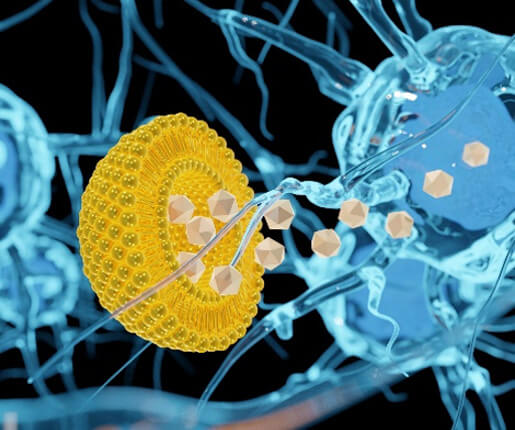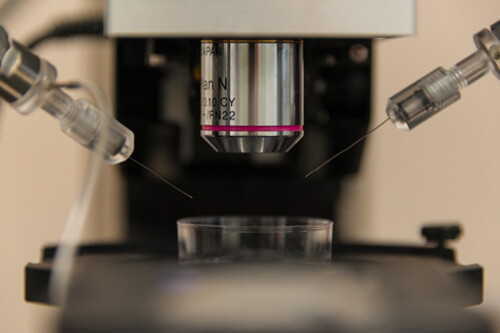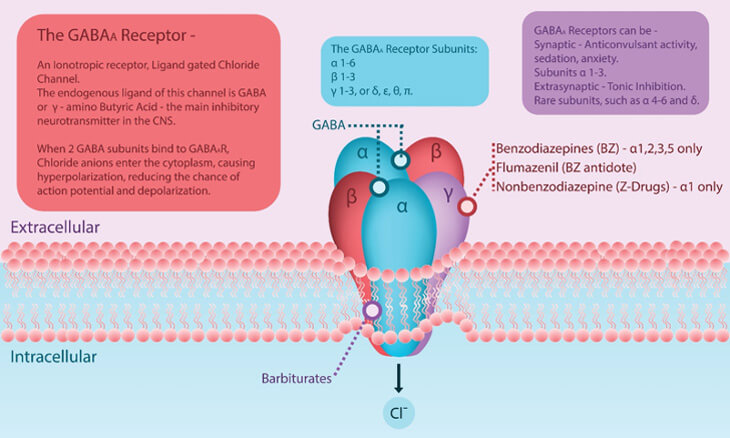| Feature / Parameter |
Patch Clamp |
Calcium Flux Assay |
Membrane Potential Dye Assay |
| Principle |
Direct measurement of ionic currents through individual channels using microelectrodes |
Detects intracellular calcium changes using fluorescent Ca²⁺-sensitive dyes |
Detects changes in membrane potential using voltage-sensitive dyes |
| Readout |
Current (pA), conductance, kinetics, single-channel activity |
Fluorescence intensity proportional to Ca²⁺ influx |
Fluorescence intensity proportional to depolarization or hyperpolarization |
| Resolution |
Gold standard, provides high temporal and spatial resolution |
Medium resolution, indirect measure of ion channel activity |
Medium resolution, indirect measure of membrane potential |
| Throughput |
Low (manual), medium–high (automated patch clamp platforms) |
High (96–384 well plates) |
High (96–384 well plates) |
| Channel Types |
Universal (cation/anion channels) |
Best suited for Ca²⁺-permeable LGICs (e.g., NMDA, AMPA, nAChR subtypes) |
Broad applicability, can be used for both cationic and anionic channels |
| Kinetics Information |
Full kinetic profiles (activation, desensitization, deactivation) |
Limited kinetics, mainly peak response |
Limited kinetics, mainly depolarization dynamics |
| Data Quality |
Quantitative, mechanistic, single-cell precision |
Semi-quantitative, population-based |
Semi-quantitative, population-based |
| Complexity |
Technically demanding, requires specialized expertise & equipment |
Easier to implement, plate-reader compatible |
Easier to implement, plate-reader compatible |
| Applications |
Mechanistic studies, mutation effects, drug MoA analysis |
High-throughput compound screening, profiling |
Medium-to-high-throughput screening, toxicology, drug discovery |
| Advantages |
Precise, gold standard, rich kinetic data |
Cost-effective, scalable, ideal for screening |
Works with a wide range of channels, rapid signal |
| Limitations |
Low throughput (unless automated), labor-intensive, costly |
Only detects Ca²⁺ flux, not suitable for non-Ca²⁺ channels |
Indirect, may have lower sensitivity and higher background |





